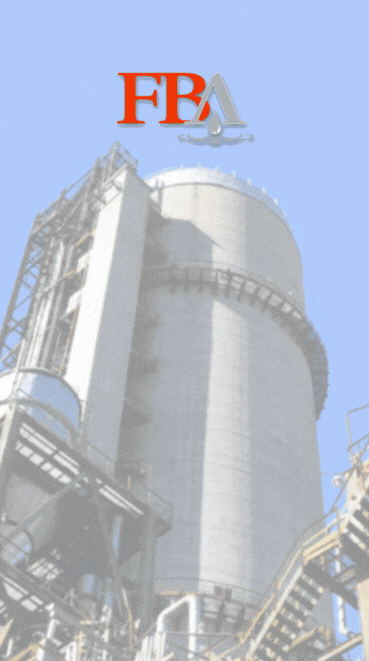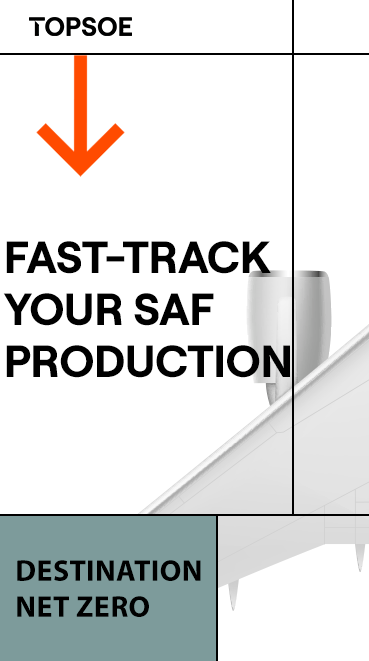Soy chairman speaks to Senate ag committee on farm economy
- The American Soybean Association
- Feb 6
- 3 min read

Passing a comprehensive five-year farm bill, supporting programs that encourage growth throughout the agricultural value chain, and blocking harmful policies that restrict market access at home and abroad are among topline priorities of America’s soybean farmers as conveyed by Josh Gackle, chairman of the American Soybean Association, in his testimony Feb. 5 before the U.S. Senate Committee on Agriculture, Nutrition and Forestry.
ASA represents nearly 500,000 soy producers nationwide.

“With the new administration threatening tariffs on major export partners, our access to global export markets is in jeopardy,” Gackle, a soybean farmer from Kulm, North Dakota, said during the Senate committee’s part-one hearing on farmer and rancher views on the agricultural economy. “On the domestic front, undersized renewable volume obligations (RVOs) under the Renewable Fuel Standard and the lack of clarity about the future of tax credits for biobased diesel from the Inflation Reduction Act—most notably the 45Z clean fuel production tax credit—and regulatory uncertainty threatening the availability of pesticides and biotechnology weigh heavily on the minds of ASA members.”
Gackle gave a nod to Congress’ passage of the American Relief Act, which provided economic assistance to agricultural producers after significant losses from poor and unforeseen market conditions, and he cited additional support from the committee members.
The soy leader noted, however, the relief provided in late 2024 does not fully offset the combination of falling commodity prices, historically high input prices, and the inflation farmers continue to face.
And he raised another great concern of U.S. soy farmers right now.
“Domestic soybean-oil use is split almost evenly between biofuel production and human consumption, making the edible soybean-oil market equally as important to our growers,” he said. “Due to misinformation, this market is under threat of being erased.”
While these worries on the home front weigh heavily, Gackle’s testimony—both verbal and written— drove home the pressing need for a new farm bill and widespread concerns over tariffs.
“As ASA chairman, one of the top questions I hear from soybean farmers is, ‘When are we going to get a farm bill finished?’” Gackle shared. “For over two years, soy and other agriculture producers have been anxiously awaiting a new, comprehensive five-year farm bill. The 2018 farm bill did not meet the needs of soybean farmers during the trade war. During fall 2018, U.S. soy stopped flowing to the Chinese market during our peak export period. Soybean prices dropped significantly, but we received no price-loss coverage (PLC) benefits and little from the Agriculture Risk Coverage program. USDA had to step in with ad hoc, temporary support to farmers through the Market Facilitation Program. If a trade war that shrunk soybean demand by over 30 percent hardly triggered the farm safety net provided in the current farm bill—a Title I safety net that has been declining over the past 20 years in real terms—it is difficult to envision a scenario that would provide meaningful assistance without significant improvements to the current reference price and program elements of ARC and PLC. The current reference price does not meet the needs of soybean farmers, and an updated reference price is one of the top asks of ASA farmer leaders.”
In 2018, President Trump levied tariffs on imports from China under section 301 of the Trade Act of 1974, starting a trade war between the two global economies.
China applied retaliatory duties against U.S. soybeans that reached up to 27.5 percent, which, combined with uncertainty in the trade relationship, severely constrained U.S. soybean exports to China.
An Economic Research Service study indicates the trade war cost U.S. agriculture over $27 billion—with soybeans accounting for 71 percent of annualized losses.
What market share the U.S. lost, its global competitors gained, with Brazil overtaking the United States as the world’s largest producer of soybeans in marketing year 2017-’18.
Gackle explained the compounding problem, saying, “As our industry faces renewed trade disputes, an issue we are still grappling with is the long-term reputational damage done to U.S. soy because of the 2018 trade war … [and] because trade uncertainty has brought into question our reliability as a consistent supplier, in some years it has forced our customers to look elsewhere for their needs to avoid trade risk or excess duties.”
In his verbal testimony closing, Gackle offered up hope, in the form of congressional help.
“U.S. soybean farmers continue to face threats and uncertainty, but Congress can help shape policies that bolster soy and all of agriculture,” he said. “Passing a comprehensive five-year farm bill, supporting programs that encourage growth throughout the agricultural value chain, and blocking harmful policies that restrict market access at home and abroad will result in an improved economic footing for all rural America.”

























-RKstandin.jpg)





